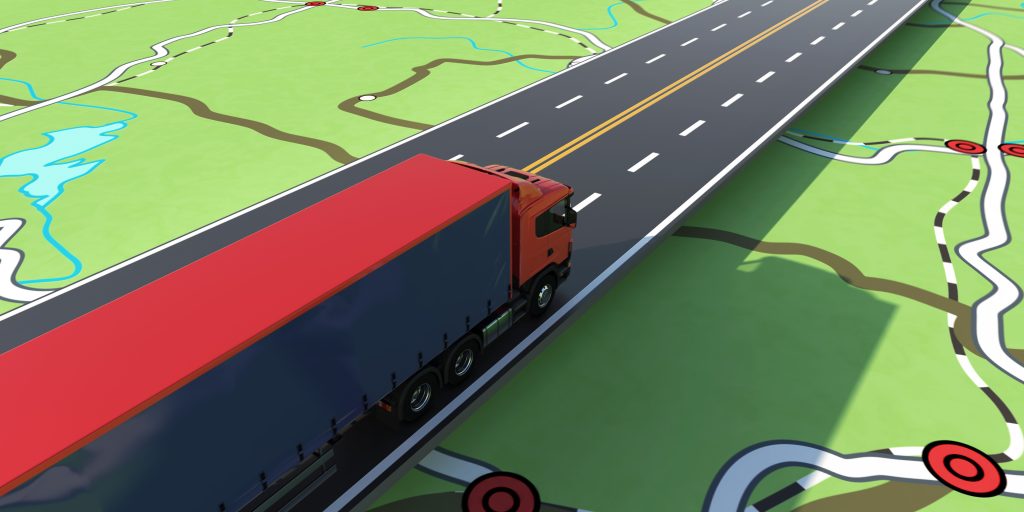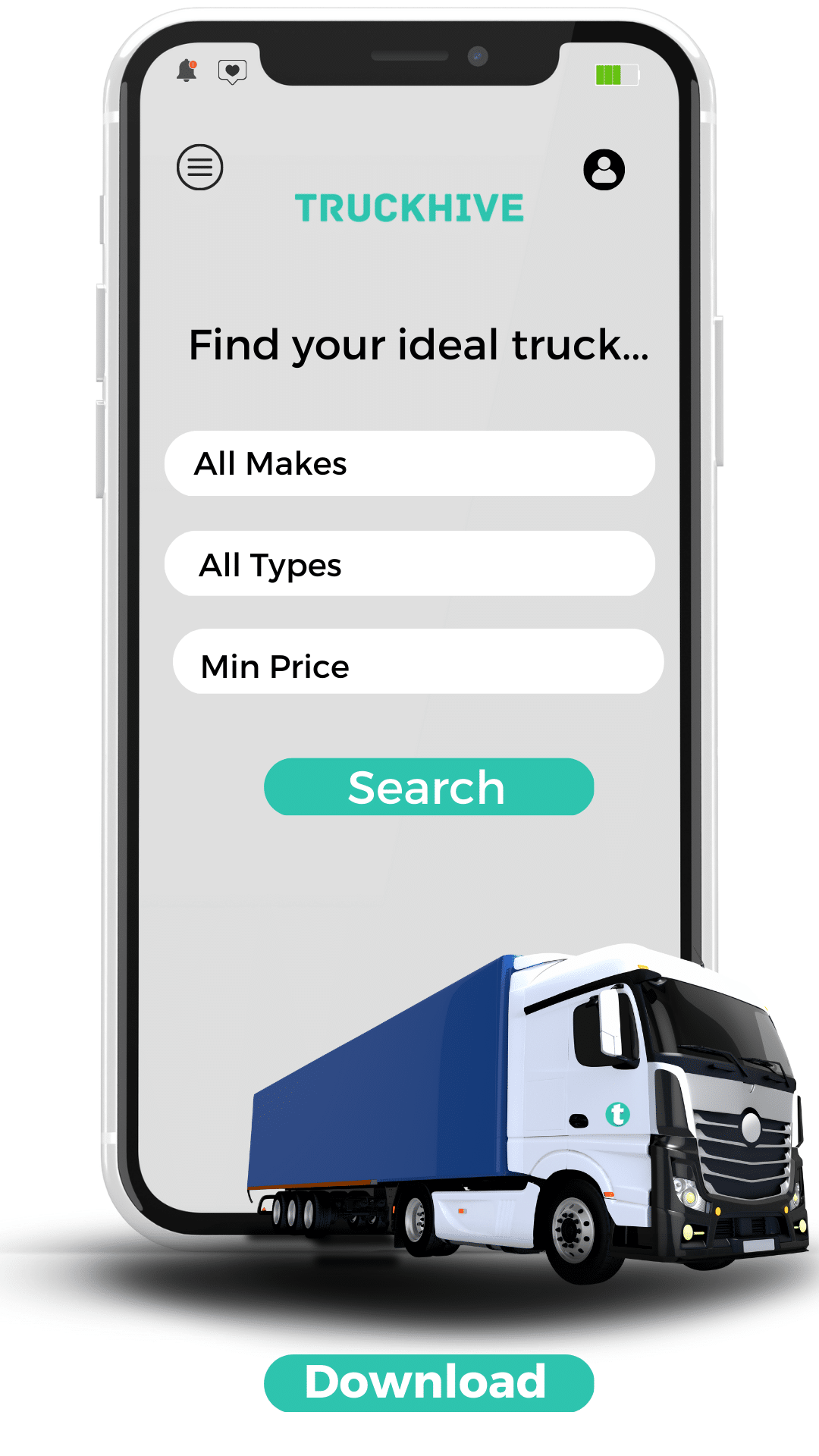

A Definitive Guide To Emergency Preparedness
In the dynamic world of trucking, being prepared for emergencies is not just a matter of compliance; it’s a commitment to the safety and well-being of your drivers, assets, and the public.
A well-thought-out emergency preparedness plan can be the difference between a minor hiccup and a catastrophic event.
In this article, we’ll explore essential strategies and practices to ensure your trucking fleet is equipped to handle emergencies effectively.
1. Establish A Rigorous Maintenance Schedule
The foundation of any solid emergency preparedness plan starts with proactive maintenance.
Regularly scheduled maintenance checks on brakes, tires, engine, and other critical components are non-negotiable.
Develop a comprehensive checklist tailored to your fleet’s specific needs, and ensure that every vehicle undergoes routine inspections.

2. Equip Each Truck With An Emergency Kit
Preparedness begins inside the cab. Every truck in your fleet should be equipped with a well-stocked emergency kit.
Include essentials such as water, non-perishable snacks, a first aid kit, a flashlight, blankets, and basic tools.
This ensures that drivers have the necessary resources to handle minor issues or sustain themselves until help arrives.
3. Implement Driver Training Programs
Education is the linchpin of emergency preparedness.
Conduct regular training sessions for your drivers, focusing on emergency protocols, defensive driving techniques, and proper use of emergency equipment.
Equip them with the knowledge and skills to handle breakdowns, accidents, adverse weather conditions, and any other unforeseen challenges they may encounter on the road.
4. Foster A Culture Of Proactive Communication
Encourage an open line of communication between drivers and management.
Drivers should feel empowered to report any issues promptly, whether it’s a minor vehicle malfunction or a potential safety concern.
Establish a protocol for reporting emergencies and ensure that drivers are aware of the designated contacts for different scenarios.

5. Invest In GPS Tracking
Real-time visibility into the location and status of your fleet is a game-changer during emergencies.
Invest in GPS tracking systems to monitor the movements of your vehicles.
This technology enables you to respond swiftly to incidents, track down lost or stolen vehicles, and reroute drivers away from potential hazards.
6. Develop Emergency Response Protocols
Craft clear and detailed emergency response protocols for various scenarios, including breakdowns, accidents, natural disasters, and other emergencies.
Ensure that every driver is familiar with these protocols and conduct regular drills to reinforce the procedures.
Designate specific contacts for different types of emergencies, both within your organization and externally, such as towing services, local authorities, and medical facilities.
7. Implement Telematics For Advanced Monitoring
Telematics technology goes beyond basic GPS tracking, providing real-time data on a variety of factors, including vehicle health, driver behavior, and fuel efficiency.
Implement telematics systems to monitor the performance of your fleet, identify potential issues before they escalate, and improve overall operational efficiency.

8. Establish A 24/7 Emergency Response Center
Incorporate a 24/7 emergency response center into your operations.
This central hub should be equipped with trained personnel who can coordinate responses to emergencies, communicate with drivers, and liaise with external services.
Having a dedicated center ensures a rapid and organized response to incidents, minimizing downtime and potential risks.
9. Conduct Regular Emergency Drills
Practice makes perfect, and emergency preparedness is no exception.
Conduct regular emergency drills to simulate different scenarios.
This hands-on experience helps drivers and staff become familiar with the protocols, improves response times, and instills confidence in their ability to handle real-life emergencies.
10. Stay Informed And Adaptive
The trucking industry is constantly evolving, and so should your emergency preparedness plan.
Stay informed about new technologies, regulations, and best practices.
Regularly review and update your emergency protocols to incorporate lessons learned from incidents, changes in regulations, or advancements in safety technology.
Conclusion
A comprehensive emergency preparedness plan is a critical component of a successful trucking operation.
By investing in proactive maintenance, driver training, advanced technologies, and effective communication, your fleet can navigate emergencies with confidence and resilience.
Remember, in the world of trucking, preparation isn’t just a strategy; it’s a commitment to the safety and success of your drivers and your business.
Drive safe, drive prepared!
Add a comment Cancel reply
Categories
- Blog Posts (43)
- Buying Tips (5)
- Selling Tips (4)
- Truck Reviews (17)
Recent Posts
About us

Meet Percy, the blog editor who knows his semicolons from his emojis, and his coffee order by heart. He may spend most of his days glued to a computer screen, but don’t let that fool you – he is a superhero at midnight (as long as there’s enough caffeine involved). When he is not editing blog posts, you can usually find him daydreaming about his next snack break or planning his next witty tweet.
Related posts


Protecting Your Trucking Logistics Cargo

The Transformative Dynamics Of Trucking Workforce Demographics









